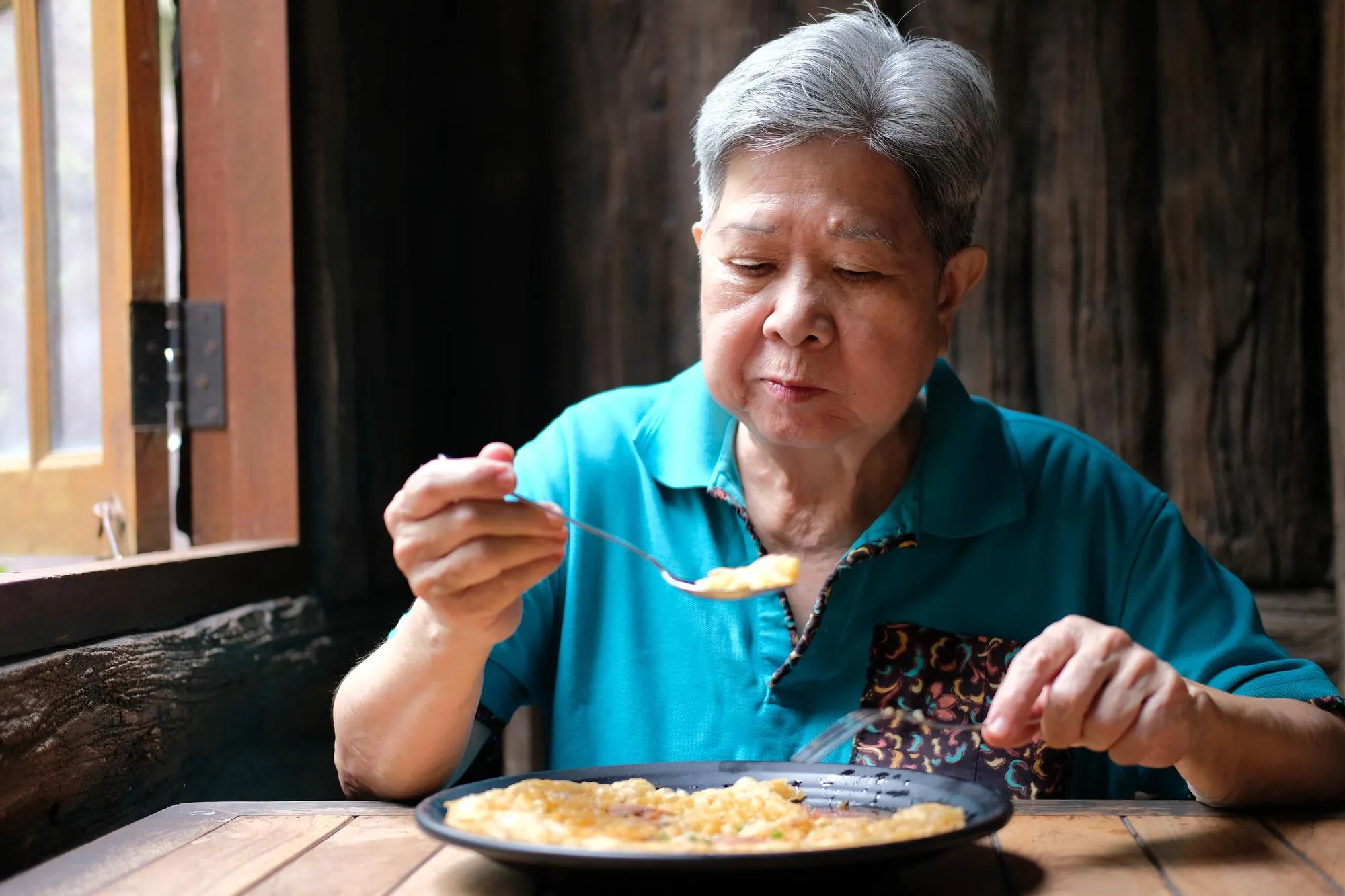A pioneering research effort has shown promise in addressing the troubling issue of malnutrition among the elderly in long-term care facilities. Malnutrition in this demographic is a critical concern, as it can exacerbate existing health conditions and lead to further complications. In a bid to combat this, researchers have sought a simple yet precise method to estimate the total daily energy expenditure (TEE) of these individuals, imperative for ensuring they receive the proper amount of nutrients.
The study in question, titled “Validity of One-Day Physical Activity Recall for Estimating Total Energy Expenditure in Elderly Residents at Long-Term Care Facilities: CLinical EValuation of Energy Requirements Study (CLEVER Study)” and published in the Journal of Nutritional Science and Vitaminology, sheds light on the effectiveness of using a one-day physical activity recall for calculating TEE. The process distinguishes itself by utilizing the doubly labeled water (DLW) method, widely regarded as the gold standard for measuring energy expenditure.
DOI: 10.3177/jnsv.65.148
The cohort for this path-breaking study included 58 elderly subjects, spanning ages from 69 to 99 years. The research design leveraged a cross-sectional approach and saw the collaboration of various institutions, including the National Institute of Health and Nutrition, Osaka University, Japan Institute of Sports Sciences, National Center for Global Health and Medicine, Tokyo Metropolitan Institute of Gerontology, and the Keio University School of Medicine.
The study’s main instrument was a one-day physical activity recall, which was meticulously filled out by staff members at long-term care facilities to reflect a typical day for each subject. To quantify TEE, researchers used the DLW method, incorporating elements such as basal metabolic rate (BMR), body weight (BW), and physical activity level (PAL).
The researchers were:
1. Yuki Nishida: Department of Nutrition and Metabolism, National Institute of Health and Nutrition.
2. Satoshi Nakae: Department of Nutrition and Metabolism, National Institute of Health and Nutrition; Division of Bioengineering, Graduate School of Engineering Science, Osaka University.
3. Yosuke Yamada: Section of Healthy Longevity Research, National Institute of Health and Nutrition.
4. Emi Kondo: Section of Healthy Longevity Research, National Institute of Health and Nutrition; Japan Institute of Sports Sciences.
5. Miwa Yamaguchi: Section of Healthy Longevity Research, National Institute of Health and Nutrition; Department of Epidemiology and Prevention, National Center for Global Health and Medicine.
6. Hiroyuki Shirato: Silverpia-Kaga Long-Term Care Health Facility.
7. Hirohiko Hirano: Dentistry and Oral Surgery, Tokyo Metropolitan Institute of Gerontology.
8. Satoshi Sasaki: Department of Social and Preventive Epidemiology, Graduate School of Medicine, The University of Tokyo.
9. Shigeho Tanaka and Fuminori Katsukawa: Department of Nutrition and Metabolism, National Institute of Health and Nutrition; Institute for Integrated Sports Medicine, Keio University School of Medicine, respectively.
References
1. Nishida, Y., Nakae, S., Yamada, Y., Kondo, E., Yamaguchi, M., Shirato, H., … & Katsukawa, F. (2019). Validity of One-Day Physical Activity Recall for Estimating Total Energy Expenditure in Elderly Residents at Long-Term Care Facilities: CLinical EValuation of Energy Requirements Study (CLEVER Study). Journal of Nutritional Science and Vitaminology, 65(2), 148-156. doi: 10.3177/jnsv.65.148.
2. Energy metabolism in the elderly. European Journal of Clinical Nutrition. (2005).
3. Use of doubly labeled water technique in humans during heavy sustained exercise. Journal of Applied Physiology. (1989).
4. Physical Activity Assessments for Health-Related Research. Human Kinetics. (2002).
5. Dietary Reference Intakes for Energy, Carbohydrate, Fiber, Fat, Fatty Acids, Cholesterol, Protein and Amino Acids. The National Academies Press. (2002).
The outcomes of the CLEVER study indicate that the one-day physical activity recall could become a vital tool in elderly care. The data’s correlation with TEE as measured by the DLW method revealed significant promise in this seemingly straightforward tactic.
Keywords
1. Long-Term Care Nutrition
2. Elderly Energy Expenditure
3. Physical Activity Recall
4. Malnutrition in the Elderly
5. Total Energy Expenditure Estimation
The far-reaching implications of these findings extend to dietitians, caregivers, and policymakers in the field of geriatric nutrition and wellness. As the aging population continues to grow, the need for reliable and easy-to-implement assessment methods for nutritional care becomes increasingly paramount. The CLEVER study stands as a beacon, offering a new direction in the pursuit of improving the quality of life for elderly residents in long-term care facilities through precise and individualized nutritional care. This research paves the way for future studies and potential advancements in nutritional science, ensuring our seniors receive the care and dignity they deserve in their twilight years.
